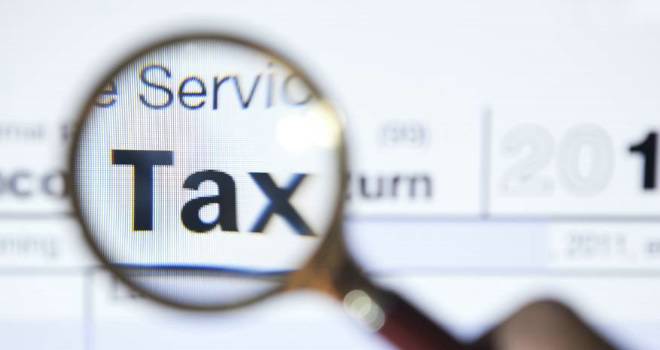
The Government signalled change ahead for the 55% tax charge as part of the Budget Day pension changes in March. In its consultation paper Freedom and Choice in Pensions, it acknowledges that the 55% tax charge can be too high in many cases.
The 55% death benefit tax charge applies in two situations where a lump sum is paid out, most commonly with a SIPP:
1 Where a person dies aged 75+, it applies to the whole fund, regardless of whether the customer had taken any withdrawals from their pension yet or not.
2 Where a person dies before the age of 75, and had started to take withdrawals (eg is in income drawdown/has taken tax free cash), it applies to the part of the pension which has been ‘touched’, known as “the crystallised fund”.
Standard Life’s Head of Customer Affairs Julie Hutchison says:
“We would like to see a simpler and fairer result for people and their families. And we believe this can be achieved by aligning the death benefit tax charge for crystallised funds to the IHT regime.”
Standard Life believes this solution is attractive for a number of reasons.
1. In our model, the tax outcome depends on the amounts involved and is not a flat rate. We believe this is fairer. It is fairer because the tax charge is reduced from 55%, to either 40% or 0% in line with IHT. As usual with inheritance tax, whether tax is due will depend on the identity of the recipient and the overall wealth of the individual. Money which passes to a spouse, civil partner or charity will be exempt from tax. And money which passes to other recipients may have 40% inheritance tax deducted if the overall value of an individual’s estate (including the value of the pension) exceeds the inheritance tax threshold, which is normally £325,000. This context creates a fairer outcome as those with smaller estates and pensions are less likely to have a tax charge under our model.
2. A charge of 55% risks driving the wrong customer outcomes and acts as a penalty for those who ‘do the right thing’ and take a sustainable income from their pension pot. Alignment with IHT takes the tax sting out of that sensible decision.
3. It avoids the more complex route of applying an income tax charge to the beneficiary, when that might create the need for a tax return to be filed by someone who does not normally complete a tax return under the self-assessment rules. Aligning the position with inheritance tax instead means all the paperwork and payment is dealt with as part of the estate administration process. This process already involves HMRC forms relating to pensions and could be adapted more easily to accommodate the new regime.
4. The age of 75 should not be a trigger-point for tax, and would be removed in this proposed solution for the new regime.
5. In terms of “uncrystallised funds” (ie. pensions which have not been touched yet), as now, the death benefit lump sum should remain tax-free.
Hutchison adds:
“In our proposal, the value of the pension fund would be aggregated with the estate. But who receives the pension fund is still something that would be managed by the pension provider with reference to any Expression of Wish form left by the customer. This creates more flexible results, especially for the many people who don’t put a Will in place. Naming a beneficiary for your pension is something people can do with a form which is easy to change and keep up-to-date as family circumstances change.”
Standard Life will be responding to the Consultation paper which will shape the new rules for April 2015.





